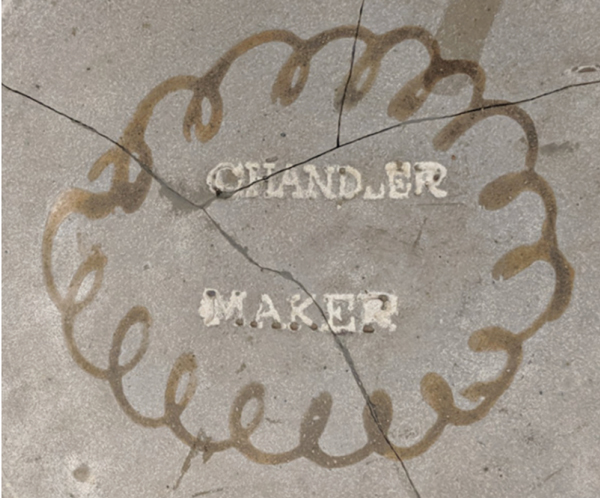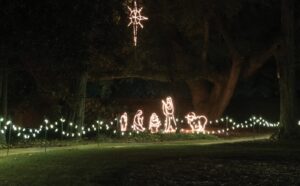The Aiken County Historical Museum will curate monthly this article and will feature guest spots from other regional historical entities. As you may or may not know, “Cabinet of Curiosities” is a term used to describe early versions of museums, and we are full of curiosities in our area. It is our goal to bring you fascinating stories, local legends, and hidden secrets from the county’s past. The curators of this article will be Lauren Virgo and Leah Walker, the executive director and site & events manager of the museum, respectively.
So, grab a cup of coffee and settle in to read more about your hometown history. To start us off at the beginning, Aiken County was founded on March 10, 1871 during the middle of the Reconstruction period. Carved from the Edgefield, Barnwell, Lexington, and Orangeburg districts, our county was founded by men of color – some who were born free and some who were born enslaved. This creation of a county during Reconstruction was rare and unique for the South, especially South Carolina. We celebrate that legacy each year on Founders Day at the Aiken County Historical Museum.
Since this month’s theme for Bella is the arts, it is appropriate that this Cabinet of Curiosity should feature the history of regional pottery. The Edgefield and Horse Creek Valley areas are rich in clay, feldspar, and kaolin deposits – making our region a hot-bed of pottery activity. They created pottery for functional purposes in the 19th century in our region, such as storing food stuffs. However, in modern times, the same pottery has garnered the attention of those who appreciate art with its form and underlying skill.
Two well-known historic regional potters are Thomas Chandler and David Drake. Chandler gained his skill as a potter while apprenticing in Baltimore, Maryland. He moved to the Edgefield area and set-up shop producing decorated pottery from 1836 to 1853. His work is noted for its technical skill and its decorative flourishes. David (aka Dave) Drake was born into slavery around 1801 in the Edgefield district. During his lifetime, they taught him how to read and write. His pottery is unique because not only did he sign and date his pieces, he sometimes wrote poetry on the pots. Dave lived to become a free man after emancipation, but we know not much about his life after the Civil War. His work has been collected by private persons and national museums, such as the Smithsonian’s National Museum of American History.
Both potters’ works can be seen at the Aiken County Historical Museum. You can also visit the museum every Thursday morning from 10 am to 11 am and every second Saturday from 10 am to 2 pm to see the historical art of weaving on a loom performed by two regional artists.
If you have enjoyed this Cabinet of Curiosity, please stay tuned for more fascinating facts in the coming months.


Until then, stay curious!
By Lauren Virgo + Leah Walker
























